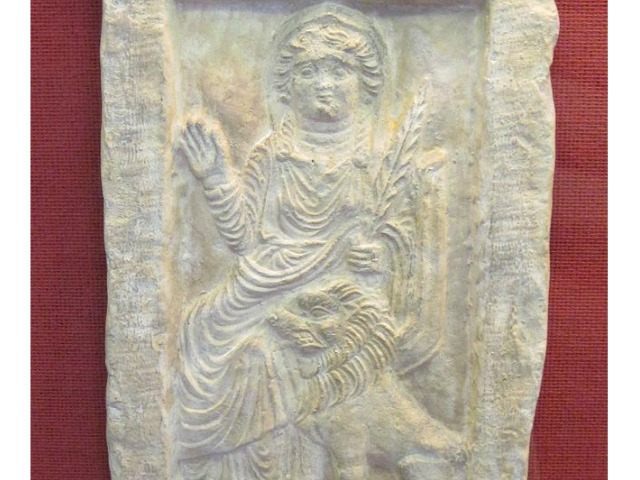The Islamic State commander in Palmyra, Syria, announced the terrorist group will destroy anything in the UNESCO World Heritage Site that promotes idolatry, but everything else will remain untouched.
“Concerning the historic city, we will preserve it and it will not be harmed, God willing,” said the commander. “What we will do is break the idols that the infidels used to worship. The historic buildings will not be touched and we will not bring bulldozers to destroy them like some people think.”
The proclamation comes only a day after ISIS released a video to show the world the militants did not destroy the landmarks. But witnesses told the media the group started to destroy statues after two days.
“I heard a loud noise, so I went up to the roof to see what is going on,” explained the witness. “I saw Daash [ISIS] crushing the ‘god lion’ statue with construction machines. There were many other crushed statues but I could not recognise the rest of them because they were totally ruined.”
The “god lion” statue dated back to the first century AD. The lion stood guard at the Temple of Bel in Palmyra. The temple was dedicated to the god Bel, who was worshiped with Aglibol and Yarhibol. The lion, though, was dedicated to Al-lāt, an Islamic goddess for “Springtime and Fertility, the Earth-Goddess who brings prosperity.” She is often identified with goddesses Al-Uzzā and Menāt, who are sometimes referred to as the daughters of Allah. Herodotus, a Greek historian, equated her with Aphrodite, while others placed her next to Athena. She is known as “the Mother of the Gods” or the “Greatest of All.”
“After Daash took control in Palmyra they prevented citizens from entering the ancient city,” said resident Abo Ali. “They promised us that they are not going to destroy any of it, but we knew that they would not keep their promise. As we expected they have actually destroyed one of the most important places in the city, the museum, and I guess they will continue doing this.”
ISIS has consistently destroyed ancient artifacts or sold them on the black market. Militants have published videos and pictures of themselves blowing up tombs, shrines, museums, libraries, and churches. A video released in March showed militants allegedly obliterating Christian artifacts. Baghdad museum director Fawzye al-Mahdi told the media the majority of the artifacts were copies, since the originals were taken to Baghdad. Unfortunately, the barbarians did destroy a few originals.
Islamic State members insist the group demolishes these items because they promote idolatry. Yet, before they blow up the buildings, witnesses have repeatedly reported seeing the men leaving with artifacts and antiques a few days before the destruction. The group started with only a few dollars, but selling antiques on the black market propelled ISIS into billionaires.
However, officials and authorities could not do anything about the temples and buildings in Palmyra that earned the city a UNESCO stamp of approval.
“Before taking control of the city [by ISIS], a large number of the items were moved into Damascus, but thousands of the ancient items and sites still remain inside the city,” said Maamoun Abdulkarim, head of the Antiquities and Museums Department in Damascus. “Many are heavy and big, so difficult to relocate.”
Palmyra, 134 miles north of Damascus, is considered an oasis, surrounded by beautiful palm trees. The city first appeared in record in 2000 BC but became very important under the control of the Roman Empire:
It grew steadily in importance as a city on the trade route linking Persia, India and China with the Roman Empire, marking the crossroads of several civilisations in the ancient world. A grand, colonnaded street of 1100 metres’ length forms the monumental axis of the city, which together with secondary colonnaded cross streets links the major public monuments including the Temple of Ba’al, Diocletian’s Camp, the Agora, Theatre, other temples and urban quarters. Architectural ornament including unique examples of funerary sculpture unites the forms of Greco-roman art with indigenous elements and Persian influences in a strongly original style. Outside the city’s walls are remains of a Roman aqueduct and immense necropolises.
“The destruction is their way of getting back at us [in the West],” explained Clemens Reichel, curator of Mesopotamia at the Royal Ontario Museum. “They know how much we value these historic places.”
He also believes ISIS only wants Syrians to identify with the Prophet Mohammed.
“The more important loss is to the Syrian people,” he continued. “This place is a big part of their national identity. It has linked Muslims, Christian, Druze … everyone. Its history is one thing they all have in common. That seems to be exactly what Islamic State wants to destroy their sense of historic identity.”

COMMENTS
Please let us know if you're having issues with commenting.